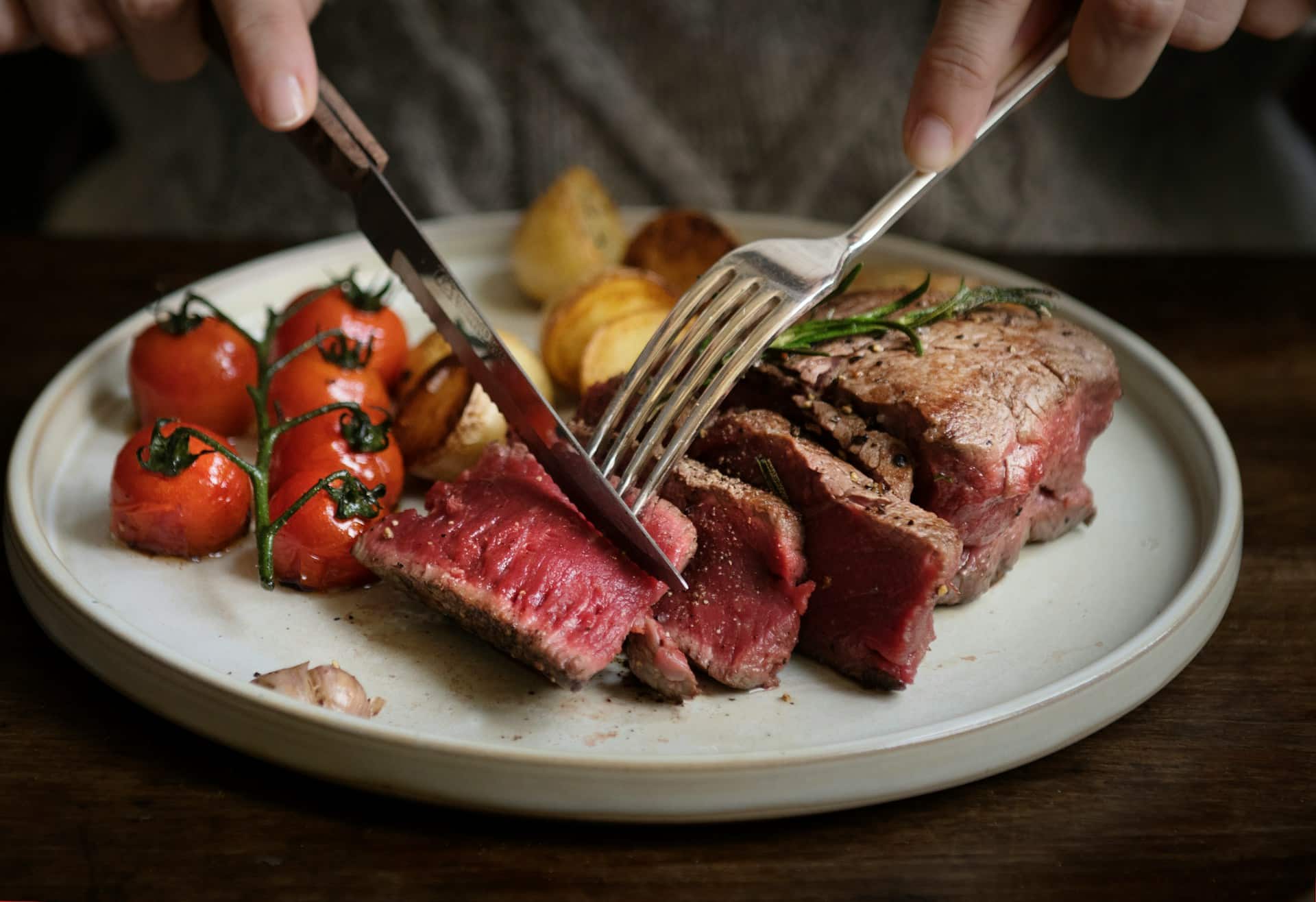When The Wall Street Journal recently introduced the concept of “carnivore babies,” it stirred a whirlwind of discussions among parents and caregivers alike. The article shared stories of parents opting to feed their infants foods like rib-eye steak, raw egg yolks, and even bone broth popsicles, claiming these choices lead to benefits like better sleep and calmer moods.
On social media platforms such as TikTok, YouTube, and various Facebook groups—including one cheekily named “Carnivore Motherhood”—parents enthusiastically exchange recipes for these unconventional baby meals. The allure for many lies in bypassing the baby food aisle typical of pouches and processed options, in favor of what they perceive as a more wholesome, natural approach.
However, beneath the engaging narratives and appealing images shared online, pediatricians caution that this diet may overlook critical nutritional needs. While feeding babies exclusively animal-based foods may appear to be a straightforward option, experts highlight some serious nutrient gaps that can affect a child’s growth and development.
Why Experts Are Raising Red Flags
Pediatricians and nutritionists are increasingly concerned about restrictive, meat-heavy diets that neglect essential nutrients:
– Vitamin C: Crucial for growth, immune function, and cartilage development, vitamin C is notably absent in meat-heavy diets.
– Fiber: Integral for proper digestion and fostering a healthy gut microbiome, fiber is just as crucial, yet missing.
– Renowned pediatrician Steven Abrams from Dell Medical School emphasizes that although meat is an excellent source of iron, zinc, and protein, a diverse diet is vital: “Eating a broad diet when young makes it more likely children will continue those habits into adulthood. Kids need the fiber, antioxidants, and polyphenols found in fruits and vegetables.”
The recommendations from the American Academy of Pediatrics (AAP) underscore the importance of introducing solids around six months, emphasizing a varied diet to cultivate healthy eating habits for life, rather than relying solely on one food group.
Nutrition Gap: What Science Tells Us About Fiber and Variety
Research points out that balanced diets, packed with fruits, vegetables, legumes, and whole grains, significantly increase young children’s intake of crucial vitamins and minerals. While protein is often highlighted as a priority, experts note that most toddlers get sufficient amounts from everyday staples like milk, eggs, and grains. What many children actually lack is fiber—the key nutrient that promotes digestion and nurtures a healthy gut microbiome. Hence, national health guidelines advocate for incorporating fruits, vegetables, and whole grains alongside protein.
Why Parents Are Drawn to Carnivore-Style Approaches
Various factors drive parents toward carnivore-style diets for their little ones:
1. Concerns About Processed Foods: Many parents are increasingly skeptical of sugary purees and convenient pouches brimming with additives.
2. Influencer Influence: Social media personalities and wellness influencers often champion meat-heavy diets as “ancestral” or natural, affecting parental perceptions and choices.
3. The Appeal of Simplicity: For overwhelmed parents facing conflicting feeding advice, the notion that “if animals eat meat, why shouldn’t babies?” may seem like a straightforward rationale.
This trend doesn’t exist in isolation. The pressure to conform to a “protein-first” culture, from Instagram’s enticing protein muffins to toddler shakes, further fuels these dietary extremes, making carnivore-style feeding one of the more stark expressions of current trends in parenting.
The Bigger Picture for Parents
The discussion surrounding “carnivore babies” highlights a desire among parents for more straightforward, nourishing choices in an often confusing food landscape. While social media trends may make meat-only feeding appear attractive, pediatricians insist that variety is key for healthy development.
While meat certainly plays a valuable role in a baby’s diet, experts agree it should be paired with fruits, vegetables, grains, and other food groups to ensure babies receive the full spectrum of nutrients they need for optimal growth. As parents navigate this complex world of nutrition, understanding balanced feeding approaches can help them set their children on a path toward lifelong health and wellness.
Image Source: Unsplash



































